Your car is stuck in the middle of a blizzard and you decide to use the heater for the first time. Even if the car hasn't stopped running, it certainly makes sense to run a heater while the engine is off to save on fuel. But can you do this? We have the answer right here.
When the engine is off, the car heater does not work. The car's heating system is powered by the engine's alternator. If the engine shuts off, the alternator stops powering the car heater.
Like most people, you probably don't think about your car heater until the cold weather hits. Knowing how your car heater works and what it takes to keep it running at its best can help you avoid a breakdown. If you’re not sure what parts you should be checking, continue reading to find out what you should be looking for and how to know if your car heater is working correctly.
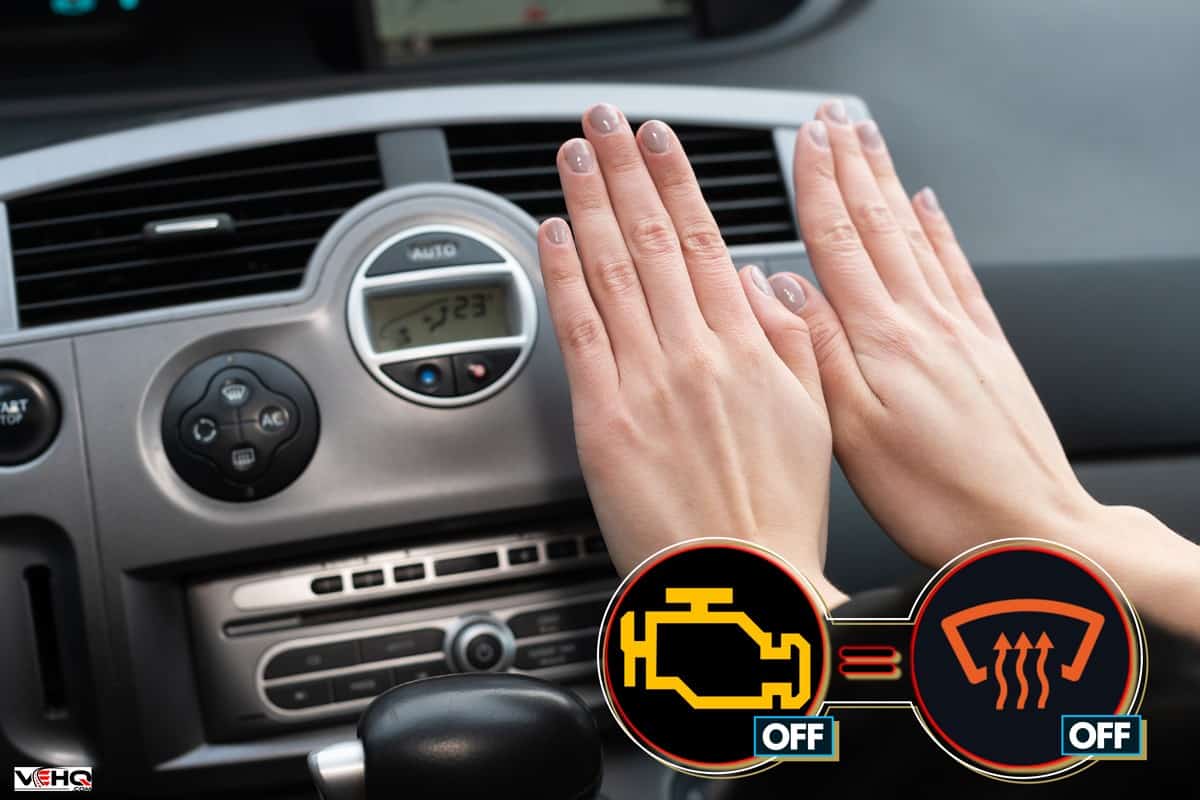
How Does a Car Heater Work?
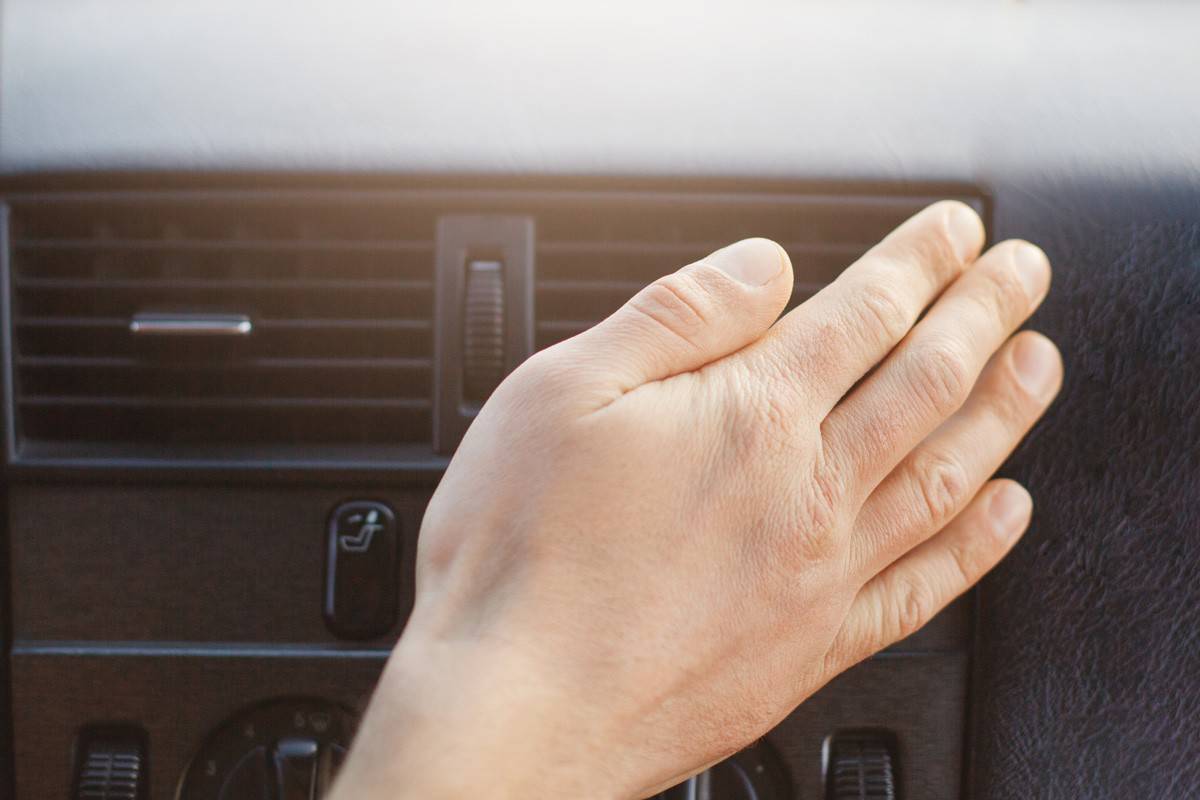
A car heater works by moving hot air into the interior of a car. This hot air is then circulated by the same blower motor used in the air conditioning system. The heater core is the main heating element of the heater. Without it, you'd just be stuck with cold air blowing out the vents.
The heater core gets the heat from the coolant which is circulated when the cooling system is running. It's easy to identify the heater core because it looks like a mini-radiator.
The heater core heats the air and sends it to the vents. If the blower fan is not working, the heater will still work but will not be as effective.
Your car's heating system requires your car's engine to be running. This is because the alternator provides the needed electrical power to run the car's cooling system. This means that it's necessary for the coolant to circulate for the heater to work.
Why Is My Car Heater Not Working?
The first thing you need to check if your car heater is not working is your car's cooling system. This is because your car heater depends on how efficiently your car's cooling system is working.
The most likely culprit of a car heater malfunction is that the coolant level is reduced or not maximized due to issues with a component in the car's cooling system.
You can check the coolant level by opening the radiator cap and looking at the level of coolant. If it's low, then you need to top up the coolant in your car. Other reasons could be caused by the following:
Faulty thermostat
The thermostat can fail for several reasons, but the most common one is overheating. It is vital that the thermostat is working correctly to maintain a proper temperature within the system.
If the thermostat fails, the system will not run properly and could possibly overheat. A faulty thermostat can lead to the coolant boiling in the radiator.
Since your car's coolant level is reduced, you'll notice that your car heater is not supplying the much-needed heat for comfort.
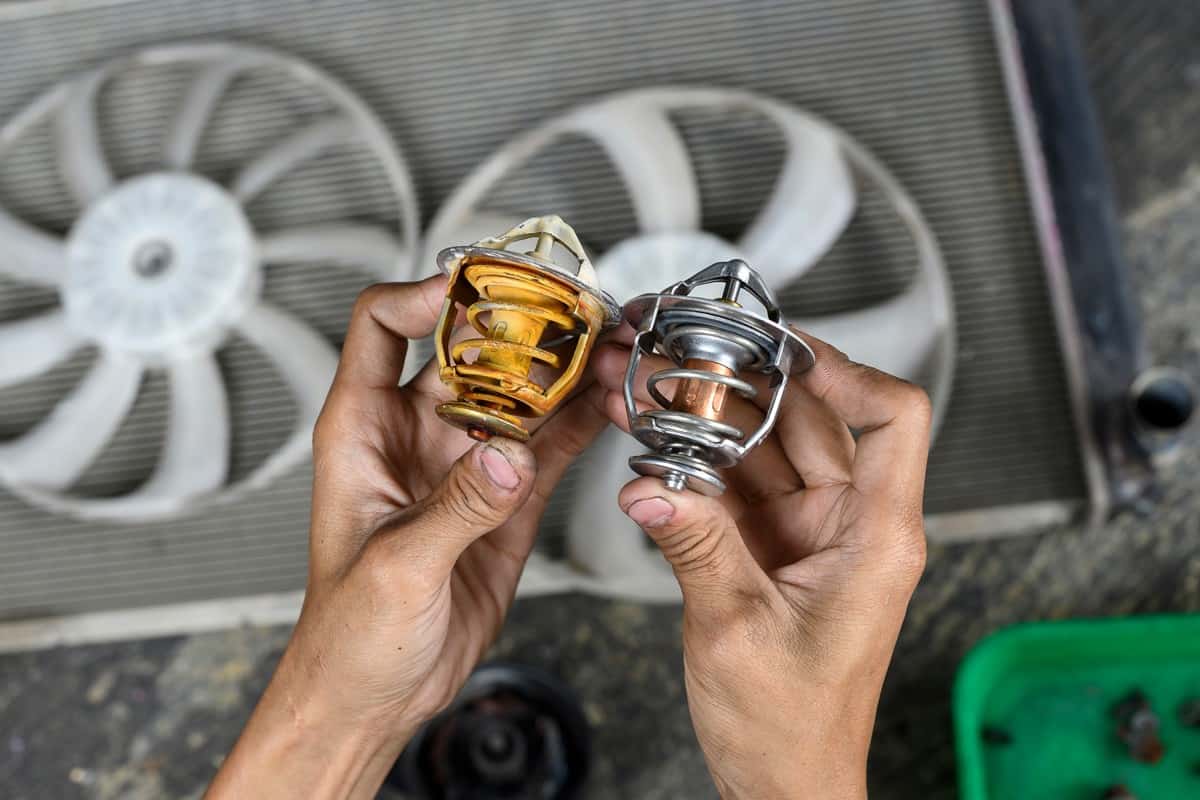
Clogged radiator
A car radiator's job is to keep the engine's coolant at a safe temperature by dispersing it throughout its radiator fins. Through this process of dispersion, heat is released while the radiator takes in some cool air as the coolant is circulated through the engine.
If after checking the coolant level you found out that it's acceptable, then you may have a problem with the radiator itself. If your radiator is clogged, the coolant inside will not circulate as efficiently.
It will take longer to circulate the coolant through the engine and keep it at the proper temperature. Because of this, your engine will continue to heat up until the radiator is clear. This causes the cooling system to fail, and the engine temperature may rise.
A clogged radiator will not be able to provide sufficient coolant to the heater core. You may find your car heater blowing a little amount of heat to no heat at all.
Faulty radiator hoses
In order to circulate the coolant through the engine and out the radiator, there must be a way for the coolant to enter the radiator from the engine and exit the radiator back into the engine. This is where the radiator hoses come in.
Radiator hoses are flexible tubes that connect the radiator to the engine. When you turn on your car's engine, the coolant will pass through the radiator and return to the engine through the radiator hose.
The only way for the coolant to be circulated and cooled is for the coolant to be pushed out of the engine through the radiator hose. Therefore, the radiator hose is one of the most important components of a vehicle's cooling system.
From here we can tell the disadvantage of having a faulty radiator hose. We can clearly see that the coolant is not circulating correctly. This is due to the fact that the coolant is not getting back into the engine.
When the radiator hose is faulty, it's most likely leaking coolant and is not cooling the engine the way it should be. This also means that the heater core is not getting the right amount of coolant that is needed for the car heater to work.
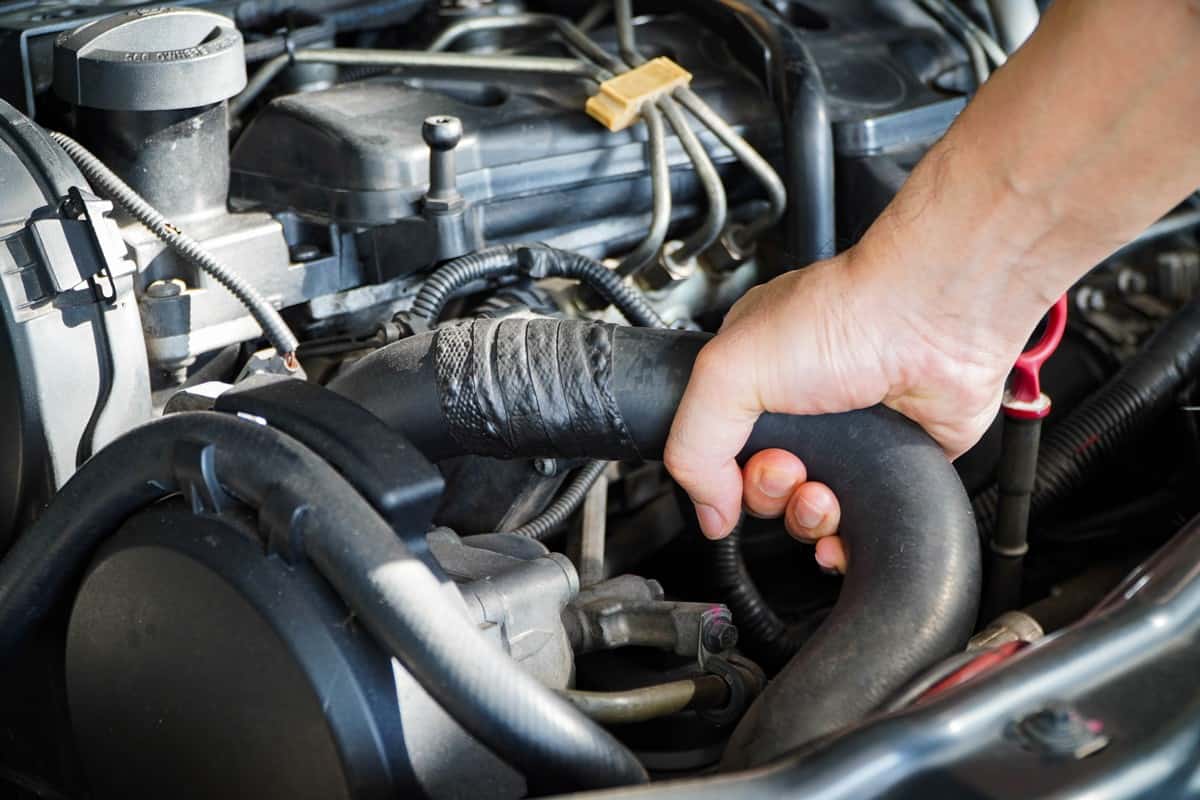
Damaged radiator fan
Radiator fans help circulate cool air inside your engine by pulling it in. As the temperature inside the engine rises, the radiator fan will be working overtime to keep the coolant circulating at the right temperature.
When the radiator fan is damaged, the system can no longer perform as well as it should. This can lead to overheating and even a failure of the car's cooling system.
We should all know by now how overheating can greatly affect your coolant levels, so if you notice your radiator fan making a weird noise or is not turning on properly, it is time to take action.
Faulty water pump
Water pumps are responsible for moving coolant from the reservoir to the radiator, then from the radiator to the engine, and then back to the radiator, and then to the reservoir again.
If the pump is defective, it will have issues circulating the coolant. The coolant won't get anywhere close to the engine, or it may not even get to the radiator.
As a result, the temperature in the engine rises until it overheats. The only thing that can fix this is replacing the pump.
Faulty heater control valve
Your car heater relies on a valve to regulate the flow of hot coolant. The valve controls the amount of hot coolant that flows through the heater hose and can be set by turning the valve up or down.
If the valve is not working properly, it can block the flow of the coolant. This can make the car heater inoperable. If you notice that your heater is not working, the first thing you should do is check if the valve moves when you turn your car heater on.
If it doesn't move, then the valve is either broken or the controls are stuck. A simple fix for this issue is to pull the cable off and move the valve manually.
Generally, you can find the heater control valve under the hood somewhere by the firewall. However, it's best to check your car manual for the exact location of your heater control valve as the location may vary from car to car.
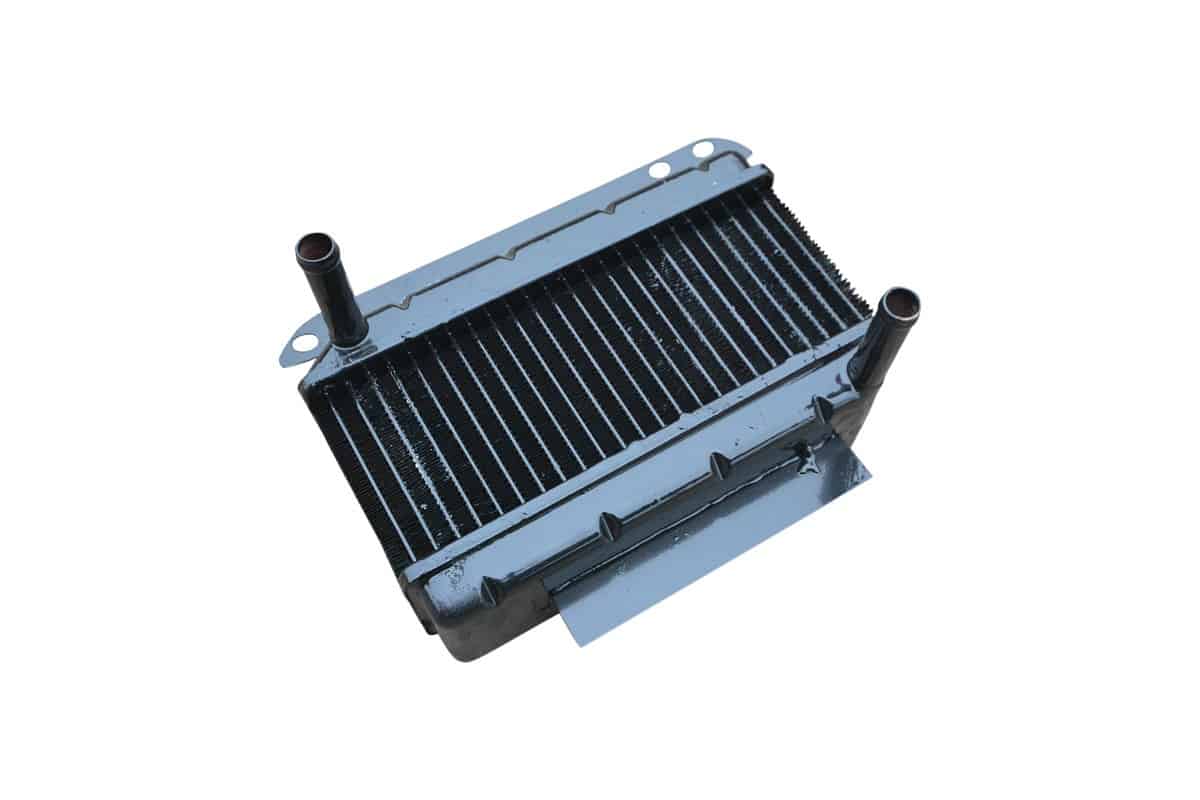
Clogged heater core
Heater cores are mini-radiators that are usually found behind your car's dashboard. They work by absorbing heat from the hot coolant and converting that heat into hot air and sending it out the vents.
A clogged heater core can cause your car heater to fail. However, there's a simple fix for this. Simply locate the heater hose (usually two of them) and check if they become warm when the engine is running.
If one of them doesn't (or if both don't), then you have a clogged heater hose that's preventing heat from getting inside your car.
Install a heater core flush kit on top of the clogged heater hose. Watch the entire process below. Remember, the worst thing that can happen when you have a damaged heater core is that it can overheat your engine and cause serious damage.
Check out this universal heater core flush kit on Amazon.
How Long Does it Normally Take for a Car Heater to Heat Up?
Most car heaters are capable of providing heating quickly in less than a minute. However, there are also other factors that can impact how fast your car heater heats up, such as outside temperature.
You can determine whether your heater works quickly by checking the temperature gauge on the dashboard.
Does My Car Heater Have a Fuse? What Happens If It's Blown?
Yes, your car heater has a dedicated fuse for itself. A fuse is a critical safety feature of any component that needs electricity to work.
When your car heater's fuse blows, your car heater will not work. The problem is usually caused by a short circuit or when there's too much current being drawn from the circuit.
The alternator charges the battery and supplies electricity to the car's systems. As a result, the alternator is required to constantly produce current. When the alternator produces too much current to a certain circuit, a fuse may blow.
In Closing
When you turn off your engine, the alternator's output goes down, causing the car's heating system to stop working gradually. The heater may still be able to provide some heat because hot coolant is still being dispersed and circulated after turning the engine off.
This residual heat will continue to keep the car's heating system operational for up to a few minutes after turning off the ignition. This is the only scenario where the heater stays on without the engine running. You will have to manually start your engine to get it to start working again.
You might also like:

